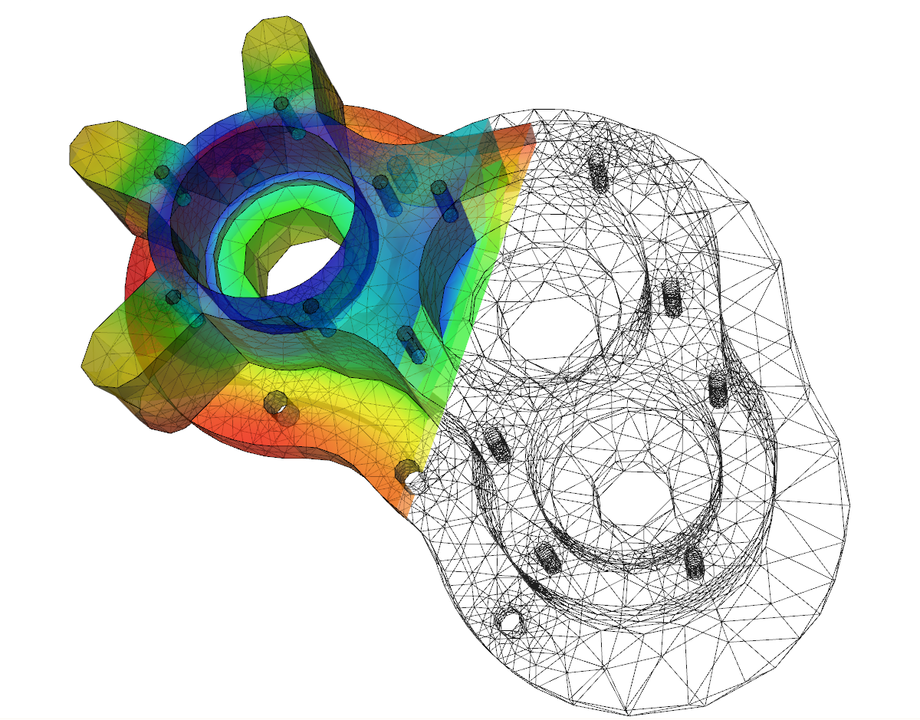Lectures Notes on Differential Equations (Unit 2)

Preface to Unit 2:
Advanced Techniques in Solving Differential Equations
Welcome to Unit 2 of our Differential Equations course, where we delve deeper into advanced methods for solving differential equations, with a spotlight on second-order linear equations and their applications in various physical contexts. This unit is crafted to enhance your problem-solving skills by introducing you to critical techniques that are vital for addressing a wide array of challenges encountered in differential equations. Below is an overview of the key topics we will explore:
5.1 Homogeneous Differential Equations
Our journey begins with an exploration of homogeneous linear differential equations of the second order. We’ll dive into \(n^{th}\)-order linear differential equations, emphasizing the importance of second-order equations due to their extensive applications. Discussions will revolve around the Superposition Principle, linear independence, and fundamental solution sets, equipping you with the foundational knowledge needed to construct solutions and grasp their underlying structure.
5.2 Constant Coefficients
Next, we turn our attention to equations with constant coefficients, where we’ll introduce methods for solving these commonly encountered types of linear differential equations by employing characteristic equations.
5.3 Nonhomogeneous Differential Equations
Shifting gears, we focus on nonhomogeneous differential equations, characterized by their unique forcing functions. You’ll learn various strategies to identify particular solutions, complementing the techniques for homogeneous solutions discussed earlier.
5.4 Undetermined Coefficients I
In this section, we tackle the Method of Undetermined Coefficients for second-order linear differential equations with constant coefficients. This approach involves identifying the complementary solution, determining the form of the particular solution, calculating coefficients, and synthesizing these solutions to articulate the general solution.
5.5 Undetermined Coefficients II
Building upon the method of undetermined coefficients, we delve into more intricate scenarios, emphasizing the criticality of choosing suitable forms for the particular solution.
5.6 Reduction of Order
This segment introduces the reduction of order technique, a valuable method for finding a second solution to a differential equation when one solution is already known. This simplifies the equation-solving process by transitioning from second to first order, applicable even when the differential equation does not have constant coefficients.
5.7 Variation of Parameters
We wrap up with the variation of parameters, a versatile technique for deriving particular solutions to nonhomogeneous differential equations. This method is particularly useful when the forcing function makes it challenging to identify the roots directly, offering an alternative when undetermined coefficients are impractical.
This unit is designed as a harmonious blend of theory and practical application, aimed at strengthening your capabilities in solving differential equations. Engage with the material actively, apply the techniques learned, and do not hesitate to seek assistance whenever necessary. Together, let’s navigate the complex realm of differential equations, prepared to tackle intricate problems with renewed confidence and expertise.